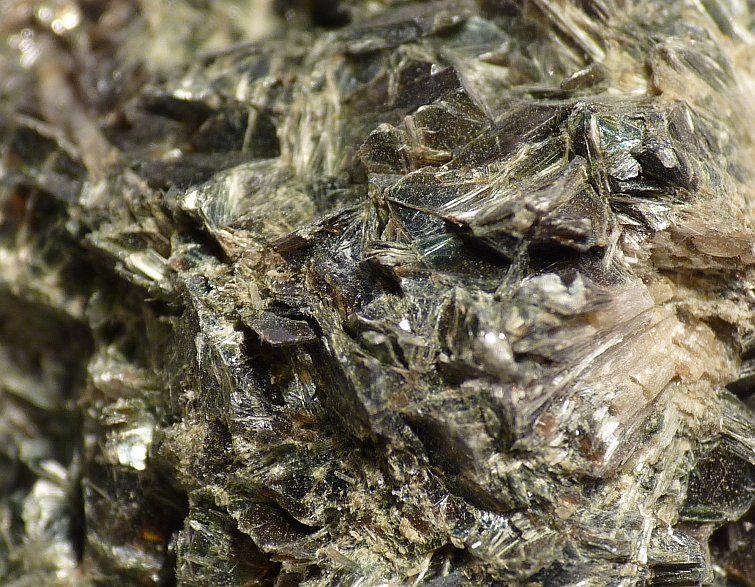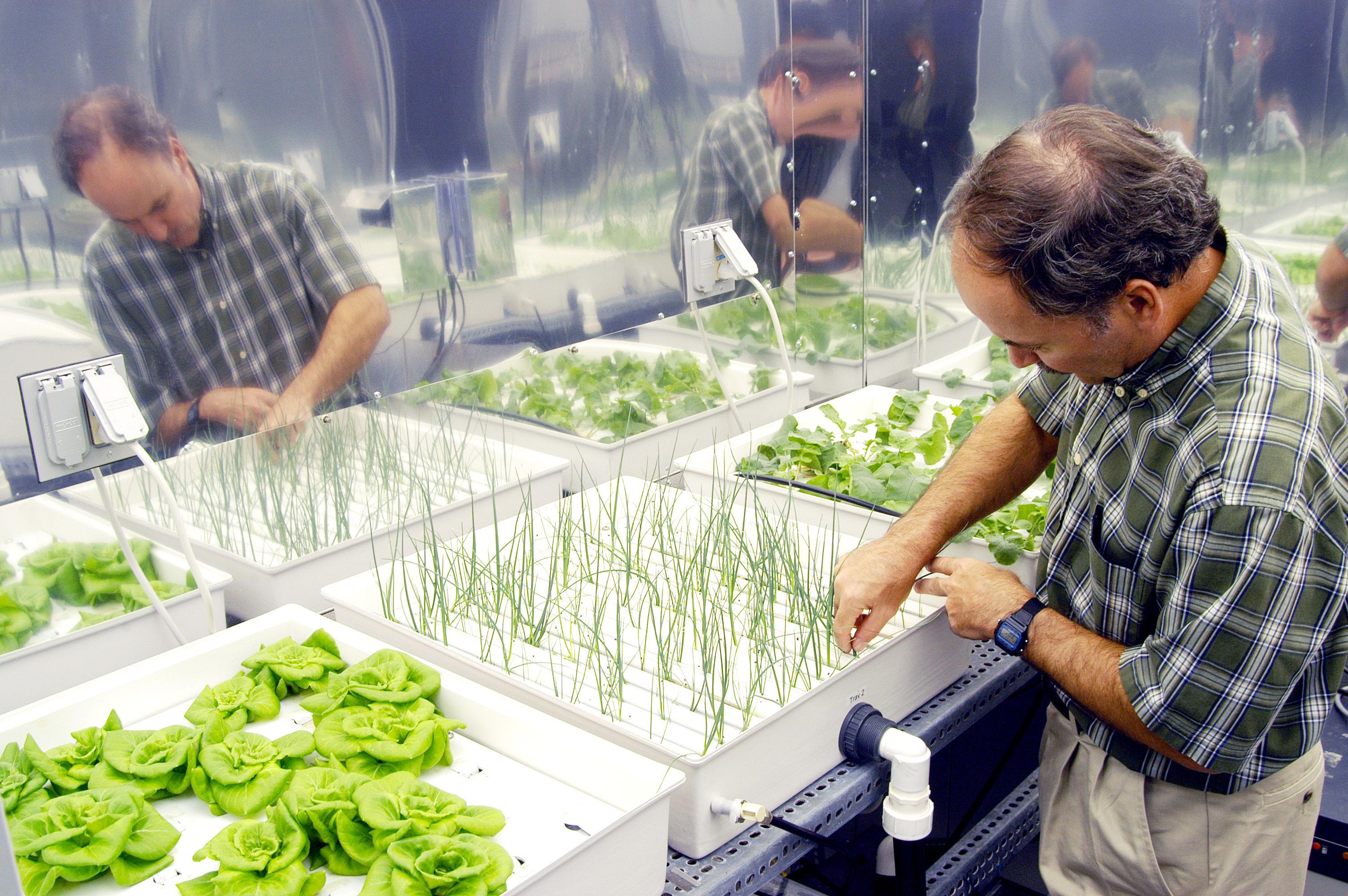|
Rooftop Garden Project
The Rooftop Garden Project is an experimental urban gardening project in Montreal, Canada. History The Montreal-based group Alternatives first introduced the concept of soil-less method planting in 2001. Peggy Bradley, an American developing soil-less techniques in an effort to offer low cost, ecologically sustainable and low-tech gardening solutions for poor, rural communities in places like Brazil, Morocco and India caught the attention of Alternative representatives while observing the work and efforts by the Institute for Simplified Hydroponics in Tehuacan, Mexico. In 2001, the Institute for Simplified Hydroponics brought their initiatives to Montreal. In 2001, Jane Rabinowicz of Santropol Roulant and Ishmael Hautecoeur of Alternatives collaborated; Santropole Roulant provided local community ties and Alternatives's knowledge and resources, they created what is now known as the Rooftop Garden Project. They created a demonstration garden of 500m2 on a rooftop located near Burn ... [...More Info...] [...Related Items...] OR: [Wikipedia] [Google] [Baidu] |
Montreal
Montreal ( ; officially Montréal, ) is the List of the largest municipalities in Canada by population, second-most populous city in Canada and List of towns in Quebec, most populous city in the Provinces and territories of Canada, Canadian province of Quebec. Founded in 1642 as ''Fort Ville-Marie, Ville-Marie'', or "City of Mary", it is named after Mount Royal, the triple-peaked hill around which the early city of Ville-Marie is built. The city is centred on the Island of Montreal, which obtained its name from the same origin as the city, and a few much smaller peripheral islands, the largest of which is Île Bizard. The city is east of the national capital Ottawa, and southwest of the provincial capital, Quebec City. As of 2021, the city had a population of 1,762,949, and a Census Metropolitan Area#Census metropolitan areas, metropolitan population of 4,291,732, making it the List of the largest municipalities in Canada by population, second-largest city, and List of cen ... [...More Info...] [...Related Items...] OR: [Wikipedia] [Google] [Baidu] |
Alternatives
Founded in 1994, Alternatives, Action and Communication Network for International Development, is a non-governmental, international solidarity organization based in Montreal, Quebec, Canada. Alternatives works to promote justice and equality amongst individuals and communities worldwide. Active in over 35 countries, Alternatives supports local, community-based initiatives working towards the greater economic, social, and political rights of people and communities affected by poverty, discrimination, exploitation, and violence. The organization publishes the ''Le Journal des Alternatives'' newsletter, a publication inserted every three months in Montreal's French paper ''Le Voir''. Alternatives also publishes the ''Alternatives International Journal'', a monthly publication in English distributed electronically. Alternatives Montreal is the headquarters of an International Federation consisting of nine NGOs spread across the world. Alternative-Niger, Alternatives Asia (New Delh ... [...More Info...] [...Related Items...] OR: [Wikipedia] [Google] [Baidu] |
Burnside Hall
Burnside Hall (french: Pavillon Burnside) is a McGill University building located at 805 Sherbrooke Street West, on the university's downtown campus in Montreal, Quebec. It is named after Burnside Place, the Montreal estate of James McGill, the university's founder. Built in 1970 by Marshall, Merrett, and Associates to accommodate the Faculty of Science, the thirteen-storey building is constructed in Brutalist style and stands just northeast of the Roddick Gates, in the centre of McGill's campus. The building currently houses the Departments of Atmospheric & Oceanic Sciences, Geography, Mathematics and Statistics, the Network and Communications Services (NCS), the Walter Hitschfeld Geographic Information Centre (GIC) and the Edward Rosenthall Mathematics & Statistics Libraries at the university. Layout Burnside is located south of the Macdonald-Stewart Library (formerly the Macdonald Physics Building), southeast of the Pulp and Paper Research Institute and northeast of the O ... [...More Info...] [...Related Items...] OR: [Wikipedia] [Google] [Baidu] |
McGill University
McGill University (french: link=no, Université McGill) is an English-language public research university located in Montreal, Quebec, Canada. Founded in 1821 by royal charter granted by King George IV,Frost, Stanley Brice. ''McGill University, Vol. I. For the Advancement of Learning, 1801–1895.'' McGill-Queen's University Press, 1980. the university bears the name of James McGill, a Scottish merchant whose bequest in 1813 formed the university's precursor, University of McGill College (or simply, McGill College); the name was officially changed to McGill University in 1885. McGill's main campus is on the slope of Mount Royal in downtown Montreal in the borough of Ville-Marie, with a second campus situated in Sainte-Anne-de-Bellevue, west of the main campus on Montreal Island. The university is one of two members of the Association of American Universities located outside the United States, alongside the University of Toronto, and is the only Canadian member of the Glob ... [...More Info...] [...Related Items...] OR: [Wikipedia] [Google] [Baidu] |
Vermiculite
Vermiculite is a hydrous phyllosilicate mineral which undergoes significant expansion when heated. Exfoliation occurs when the mineral is heated sufficiently, and commercial furnaces can routinely produce this effect. Vermiculite forms by the weathering or hydrothermal alteration of biotite or phlogopite. http://www.mindat.org/min-4170.html Mindat.org Large commercial vermiculite mines currently exist in the United States, Russia, South Africa, China, and Brazil. Occurrence Vermiculite was first described in 1824 for an occurrence in Millbury, Massachusetts. Its name is from Latin , "to breed worms", for the manner in which it exfoliates when heated. It typically occurs as an alteration product at the contact between felsic and mafic or ultramafic rocks such as pyroxenites and dunites. It also occurs in carbonatites and metamorphosed magnesium-rich limestone. Associated mineral phases include: corundum, apatite, serpentine, and talc. It occurs interlayered with chlorite, bio ... [...More Info...] [...Related Items...] OR: [Wikipedia] [Google] [Baidu] |
Compost
Compost is a mixture of ingredients used as plant fertilizer and to improve soil's physical, chemical and biological properties. It is commonly prepared by decomposing plant, food waste, recycling organic materials and manure. The resulting mixture is rich in plant nutrients and beneficial organisms, such as bacteria, protozoa, nematodes and fungi. Compost improves soil fertility in gardens, landscaping, horticulture, urban agriculture, and organic farming, reducing dependency on commercial chemical fertilizers. The benefits of compost include providing nutrients to crops as fertilizer, acting as a soil conditioner, increasing the humus or humic acid contents of the soil, and introducing beneficial microbes that help to suppress pathogens in the soil and reduce soil-borne diseases. At the simplest level, composting requires gathering a mix of 'greens' (green waste) and 'browns' (brown waste). Greens are materials rich in nitrogen such as leaves, grass, and food scraps. Br ... [...More Info...] [...Related Items...] OR: [Wikipedia] [Google] [Baidu] |
Hydroponics
Hydroponics is a type of horticulture and a subset of hydroculture which involves growing plants, usually crops or medicinal plants, without soil, by using water-based mineral nutrient solutions in aqueous solvents. Terrestrial or aquatic plants may grow with their roots exposed to the nutritious liquid or in addition, the roots may be mechanically supported by an inert medium such as perlite, gravel, or other substrates. Despite inert media, roots can cause changes of the rhizosphere pH and root exudates can affect rhizosphere biology and physiological balance of the nutrient solution by secondary metabolites. Transgenic plants grown hydroponically allow the release of pharmaceutical proteins as part of the root exudate into the hydroponic medium. The nutrients used in hydroponic systems can come from many different organic or inorganic sources, including fish excrement, duck manure, purchased chemical fertilizers, or artificial nutrient solutions. Plants are commonl ... [...More Info...] [...Related Items...] OR: [Wikipedia] [Google] [Baidu] |
Concordia University (Quebec)
Concordia University ( French: ''Université Concordia'') is a public research university located in Montreal, Quebec, Canada. Founded in 1974 following the merger of Loyola College and Sir George Williams University, Concordia is one of the three universities in Quebec where English is the primary language of instruction (the others being McGill and Bishop's). As of the 2020–21 academic year, there were 51,253 students enrolled in credit courses at Concordia, making the university among the largest in Canada by enrollment. The university has two campuses, set approximately apart: Sir George Williams Campus is the main campus, located in the Quartier Concordia neighbourhood of Downtown Montreal in the borough of Ville Marie; and Loyola Campus in the residential district of Notre-Dame-de-Grâce. With four faculties, a school of graduate studies and numerous colleges, centres and institutes, Concordia offers over 400 undergraduate and 200 graduate programs and courses. Conco ... [...More Info...] [...Related Items...] OR: [Wikipedia] [Google] [Baidu] |
Engineers Without Borders
The term Engineers Without Borders (EWB; french: Ingénieurs sans frontières, ISF) is used by a number of non-governmental organizations in various countries to describe their activity based on engineering and oriented to international development work. All of these groups work worldwide to serve the needs of disadvantaged communities and people through engineering projects. Many EWB national groups are developed independently from each other, and so they are not all formally affiliated with each other, and their level of collaboration and organizational development varies. The majority of the EWB/ISF organizations are strongly linked to academia and to students, with many of them being student-led.Uzair M. (Sam) Shamsi, Michael Kang, Megan Campbell, Melissa Day and Adam Shamsi. (2013). Page 439 of full text PDF.''Water Engineering Without Borders: Opportunities for Solving Water System Problems Throughout the World'' ''Journal of Water Management Modeling''. . (Guelph, Ontari ... [...More Info...] [...Related Items...] OR: [Wikipedia] [Google] [Baidu] |




